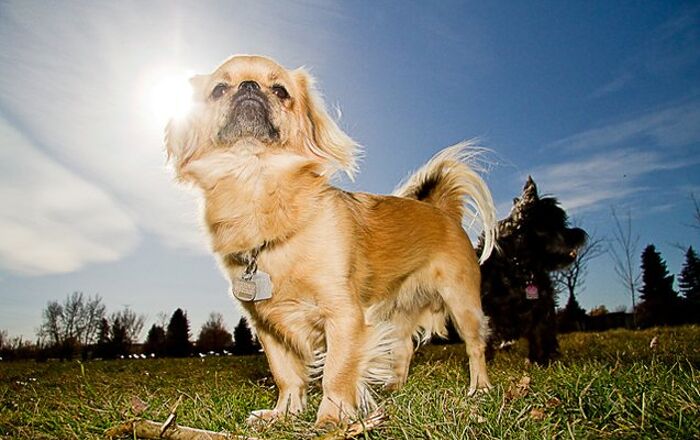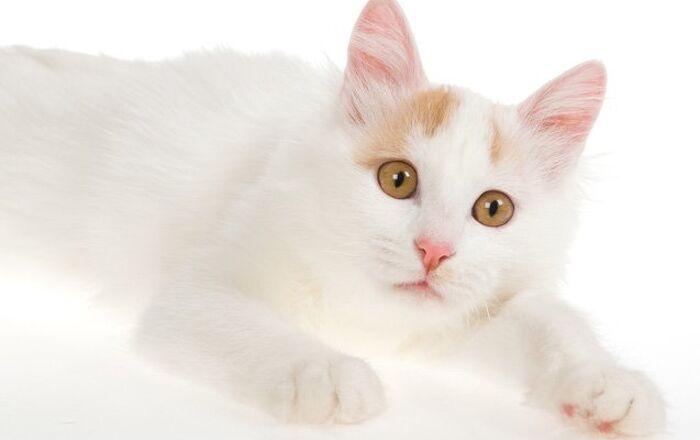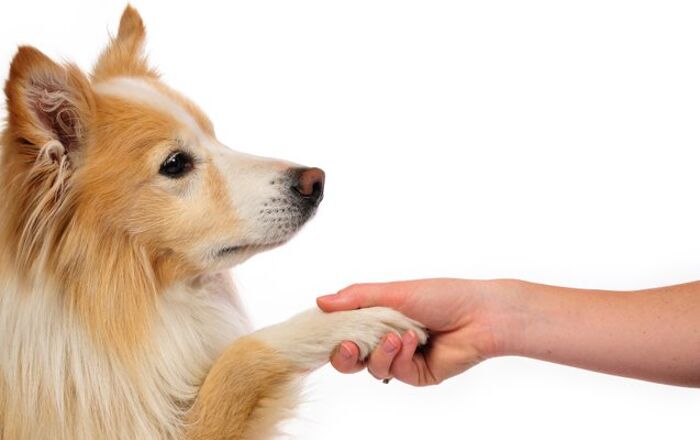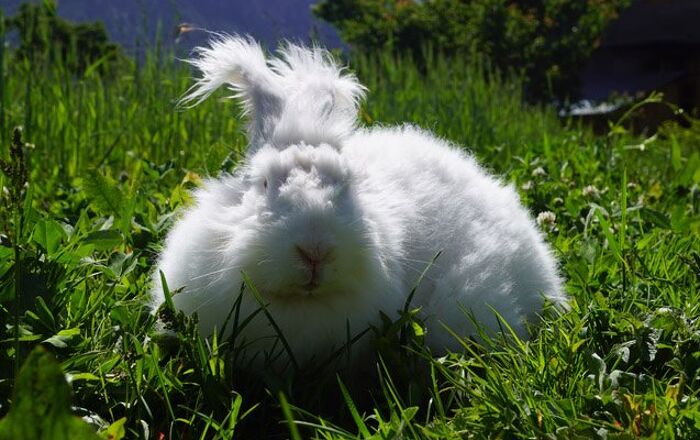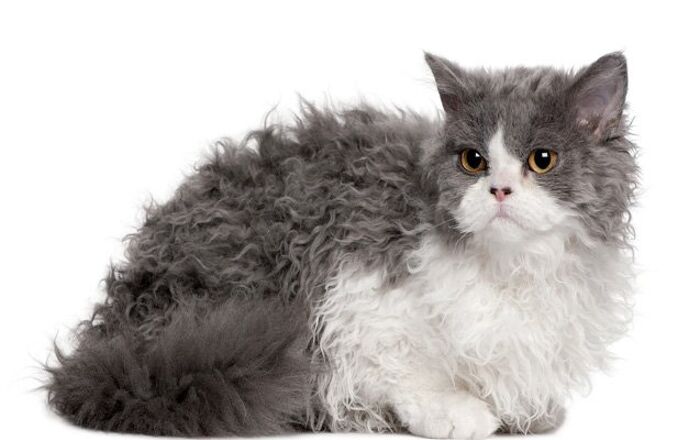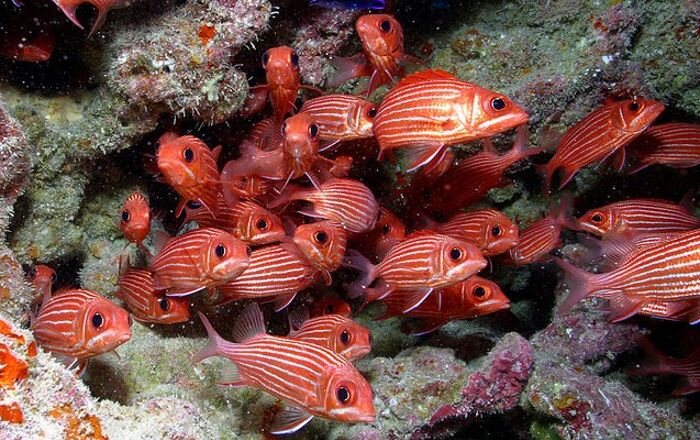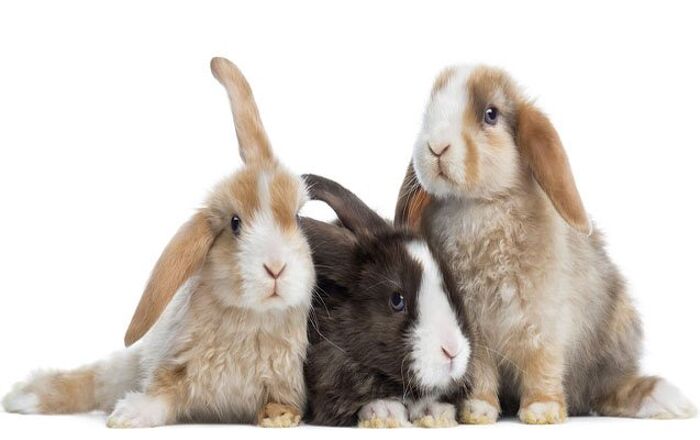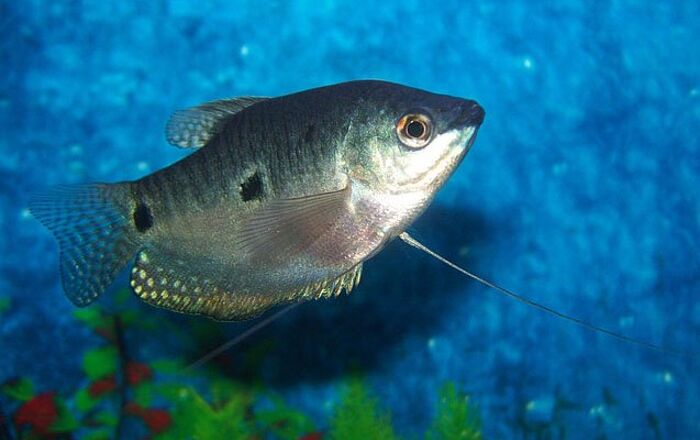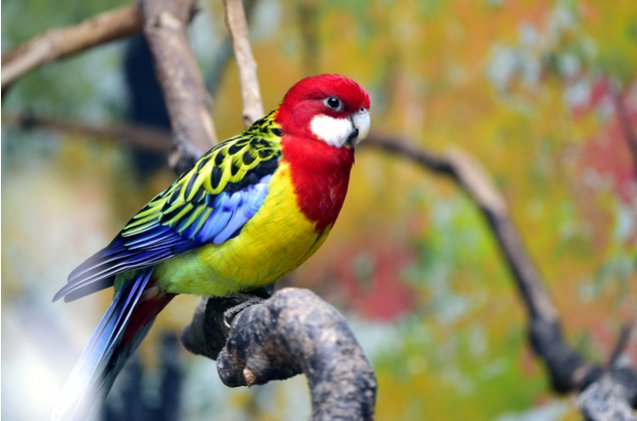
Eastern Rosella General Info
Incredibly adorable, playful and quite unique, the Eastern Rosella is becoming a rapidly popular choice for a feathered companion. With a rich personality full of surprises, they can become a very entertaining pet with a cute bossy attitude. They are a quite common pet parrot, especially in Australia, and it’s no wonder. Most owners simply love their beautiful plumage, their cute whistling, and remarkable intelligence. Eastern Rosella will require your attention, though, because constant social interaction will make sure they remain a friendly and affectionate pet. Neglect this matter – and you might have a feisty and grumpy parrot on your hands.
Eastern Rosella makes an excellent pet, especially when hand-raised from a very early age. Make sure you get a young bird – it will give you more time to bond.
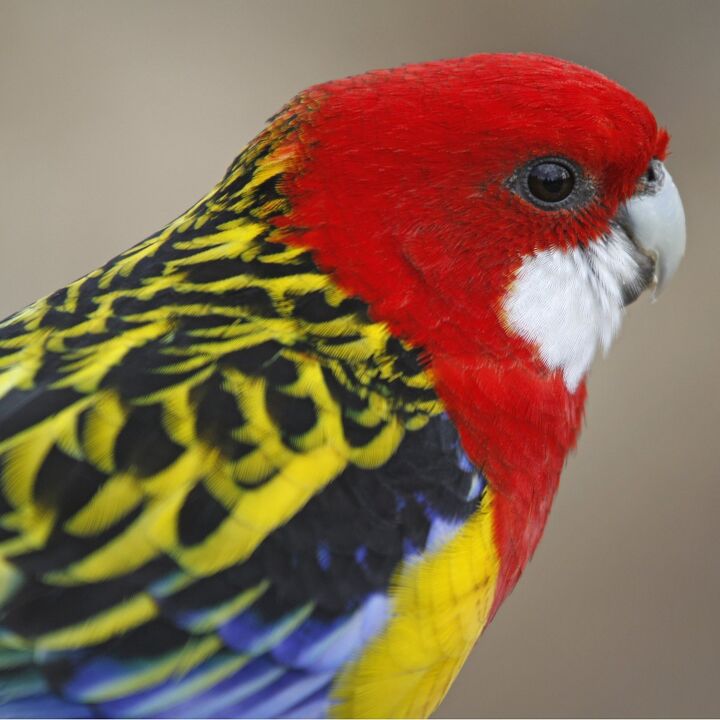
Native Region/Natural Habitat
These birds are one of the iconic sights in Australia where they were first described in the 1790’s. They are native to the eastern parts of the continent, as well as Tasmania and New Zealand. They thrive and love to nest in woodlands, forest edges, Eucalyptus copses, grasslands, and even city suburbs. Luckily, the Eastern Rosellas are on the IUCN’s list a non-threatened breed with the least concern status. Only the populations around Dunedin, in New Zealand, have seen a significant decrease due to illegal trapping.
Overall Description
When you consider their appearance, you’ll quickly notice that they share a lot of distinct features with other birds in the Rosella family. They have a slightly chubby body, a small head, and a long, flat tail. Eastern Rosella has a few distinct features, though, found in the intricate colors and patterns of its feathers. The adults reach an average length of 12 inches (30 centimeters) and will weigh around 4 ounces (100 to 120 grams). Although they are not really large, their long tails, a large wingspan, and energetic behavior, all require a lot of free space. Ensure a roomy cage or even an aviary setting.
Speech and Sounds
Eastern Rosella is not particularly noisy, which makes it a great apartment pet. One of their primary talents is the ability to whistle, often mimicking simple tunes and melodies. This, as well as a humble ability to mimic words, will require a bit of patient training and is achieved with the most ease with young birds. Their natural calls are also a series of melodic chirps and tweets and are not overly annoying. All of these aspects make the Eastern rosella an even cuter bird.
Colors
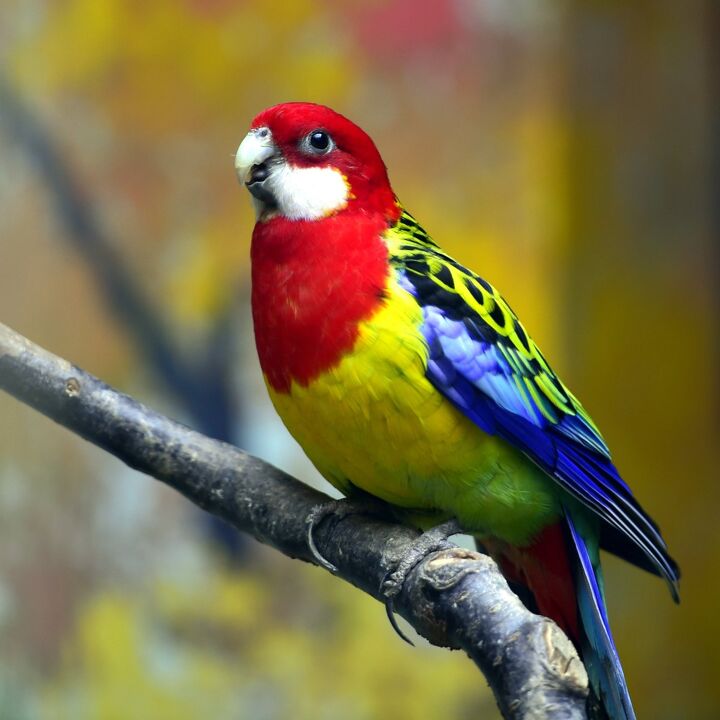
Eastern Rosella is widely known for its beautiful and colorful appearance, which always leaves a lasting first impression. They have a variety of vibrant details and complex patterns, which is not often seen in birds of this size. The head and the chest is bright red, with a small white patch on the cheeks and “chin”. The rest of the body is has a bright, light yellow base. The thighs are light green and there is a red patch beneath the tail. The wings and the back are full of little details. While the tips of the flight feathers are blue, the rest is filled with small black feathers with yellow borders. This look is completed with the long tail feathers that have shades of green and blue mixed together. With such rich colors and a uniquely vibrant look, the Eastern Rosella is sure to sweep you off your feet.
The unique appearance of Eastern Rosella makes them easy to recognize and hard to forget.
Care and Feeding
The Eastern Rosella has a rich diet in the wilderness. They are known as ground feeders and their diet consists mostly of grass seeds, insects and fruits. In captivity, a small bird seed mix with canary, oats and sunflowers seeds will work perfectly. It would have to be supplemented with a lot of fresh fruits. You can also provide them with plenty of fresh, untreated branches, which they will love to chew on. They also double as a perch and a way to bring some small change into the daily life of your pet parrot.
Health and Common Conditions
Eastern Australia can be arid and harsh land for birds, yet rosellas thrive there. No wonder they tend to be so hardy and healthy! With a bit of careful attention and regular check-ups, your pet should have no major issues. These parrots can live for over 20 years, so you can count on them being a long-time companion. One of their more important requirements is free flight room. Their energy will need to be spent efficiently.
Eastern Rosella doesn’t really like handling. Overly fond cuddling can result in a nibble!
Personality & Behavior
The first thing that many owners notice is how intelligent these birds really are. Eastern Rosella has an interesting personality that can surprise you all the time- and they often get a bit naughty. Of course, you can always bribe them with a tasty almond or a bit of fruit to get in their good graces again! But, in general, these are energetic and playful little parrots that are quick to learn. All that is required from the owner is patience, and in time a deep bond will be created. And just like that, you too will fall prey to the charm of these unique Australian parrots. Photo credit: Wang LiQiang/Shutterstock; Bildagentur Zoonar GmbH/Shutterstock




